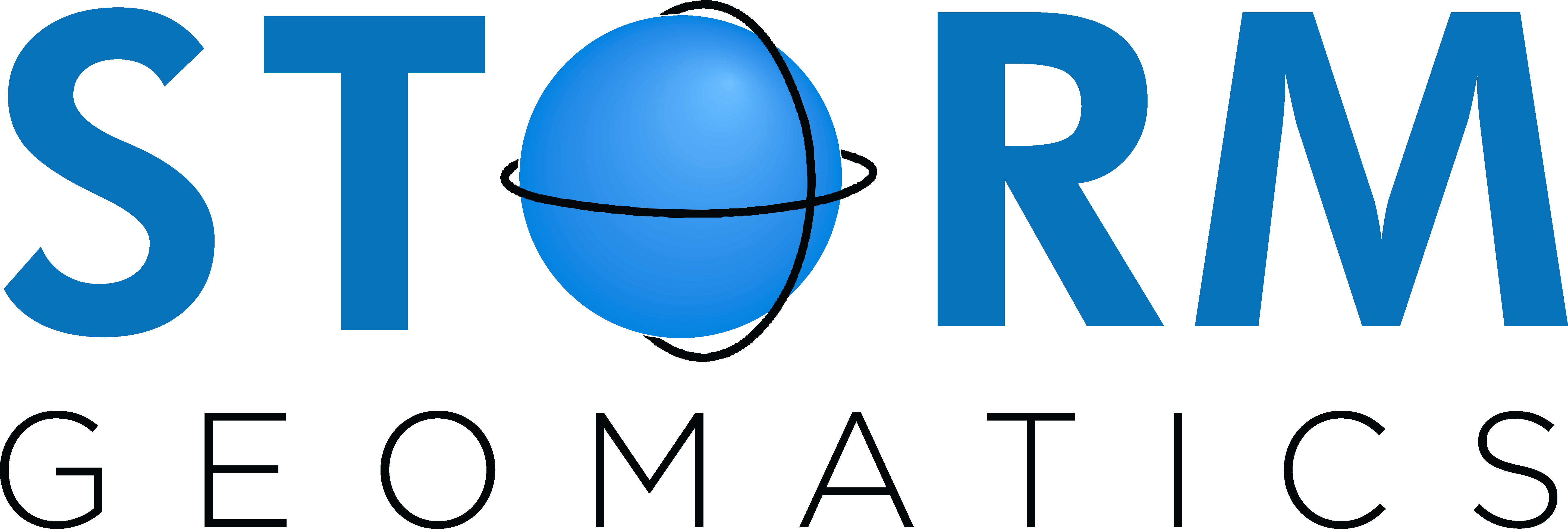River Survey FAQs

Why do we survey rivers?
River surveys serve a crucial purpose in aiding engineers in comprehending and addressing potential flooding challenges. While your property may not be directly affected by flooding, it is essential to assess the entire river system, both upstream and downstream, to gain a comprehensive understanding of its behaviour under varying rainfall conditions. This approach helps to better prepare for and mitigate potential flood-related issues.
How do we survey a river?
Surveyors utilise a range of surveying equipment to measure the profile of the water course at regular intervals, referred to as cross sections; these cross sections are typically placed 50-200m apart to capture an accurate representation of the riverbed and surrounding terrain. Surveyors may either wade through the river or, in cases where the river depth prohibits wading, they deploy boats or flotation devices for safety. To ensure safety, surveyors will work in a minimum of pairs and have received both Royal Yacht Association (RYA) first responder training and Defra level 1&2 water safety awareness. Surveyors wear branded high visibility clothing and carry company issued identification cards.
Below are answers to some questions you may have about our
work.
- Access to Your Home: Surveyors do not require access to your
house/outbuildings. - Private Land: We respect your privacy and will not bring vehicles onto private land
without your explicit permission. - Access Methods: Access to survey locations is typically achieved on foot or by boat
if the river is navigable. - Vegetation Management: In some cases, light cutting of vegetation may be
necessary for visibility and access. Surveyors use non powered hand tools only and
limit the cut diameter to a maximum of 30mm. - Garden Plants: We respect your property and won’t trim or cut any garden plants
without your prior consent. - Biosecurity and Contamination: Diseases, parasites and invasive non-native species
can cause serious harm to the environment, all surveyors are trained to identify
aquatic non-native invasive species and follow biosecurity measures outlined in the
Environment Agency’s Safety, Health, Environment and Wellbeing (SHEW) code of
practice whilst implementing the CHECK-CLEAN-DRY procedure. - Scheduling Access: Our survey teams are highly mobile and work according to site
conditions. If you require a specific appointment, please call the provided number
at the top of the page
Download this Resource
Complete the form below to download:

